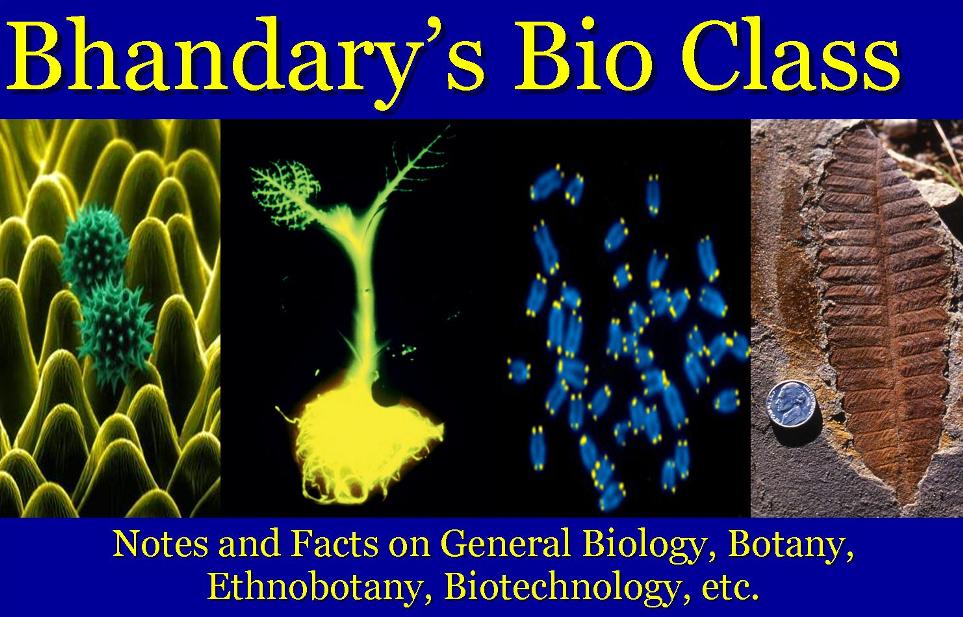Transgenic plants
 Genetic engineering technique is being used to create genetically modified plants by transferring useful genes into them from outside. Genetically modified plants which contain one or more artificially transferred genes in their cells are called transgenic plants.
Genetic engineering technique is being used to create genetically modified plants by transferring useful genes into them from outside. Genetically modified plants which contain one or more artificially transferred genes in their cells are called transgenic plants.The artificially transferred gene is called transgene. Genetic modification of eukaryotic cells (plant or animal) by transfer of foreign gene is called transfection. The process of producing transgenic organisms like plants and animals by transfection is called transgenesis.
The following general steps are involved in the formation of transgenic plants:
1. Transferring useful gene to the isolated and cultured plant cells by appropriate gene transfer methods.
2. Obtaining transgenic plants from the genetically modified cells, using the tissue culture technique.
Methods of gene transfer to plant cells:
1. Vector mediated Transfer: Many different vector DNA molecules are used to carry genes to plant cells. The most commonly used vector is the Ti plasmid (Tumour inducing plasmid) of a bacterium Agrobacterium tumefaciens and Ri plasmid of Agrobacterium rhizogenes.
2. Direct gene transfer: Many techniques are available to introduce the gene directly to the nucleus of the plant cells. Important techniques are
a) Microinjection: A microscopic syringe is used to penetrate the nucleus of the cell and place the gene inside.
b) Electroporation: Electric current is used to force metal beads carrying the gene into the plant cells.
c) Gene guns: Gun like structures are used to forcefully push the gene into cells.
General steps involved in the production of transgenic plants by Agrobacterium mediated
gene transfer:
 · The gene to be transferred (target gene) is first linked to a Ti plamid vector by recombinant DNA method.
· The gene to be transferred (target gene) is first linked to a Ti plamid vector by recombinant DNA method.· The recombinant Ti plasmid is inserted into Agrobactrium cell by usual bacterial transformation technique (incubating Agrobacterium cells and recombinant Ti plasmid in the presence of Calcium Chloride).
· Cells of the plant to be modified are inoculated and incubated with transformed Agrobacterium cells having the target gene. Now the Agrobacterium cells infect the plant cells and transfer the Ti DNA along with the target gene to plant cells. Thus, plant cells get genetically modified.`
· The genetically modified Plant cells are selected and cultured on a suitable nutrient medium and plants are regenerated from them. These plants carry the transferred foreign gene in their cells and therefore become transgenic plants.
Examples and Application of transgenic plants:
1. Engineering plants with improved nutritional quality: eg: Golden Rice.
Golden rice is a transgenic rice variety created in 1999 by Ingo Potrykus and Peter Beyer. It was made by inserting three important genes needed for producing beta-carotene - a vitamin A precursor substance, to the genome of rice. These genes actually code for three different enzymes involved in the synthetic pathway of beta carotene from the stating compound geranylgeranyl diphosphate. These genes express only in the endosperm of rice because they are added along with endosperm-specific promotor sequences.
 Of these three genes, two were from the daffodil plant (Narcissus psuedonarcissus). They are psy gene coding for the enzyme phytoene synthase and lyc gene for lycopene cyclase. The third one called ctrl gene for an enzyme phytoene desaturase was from the soil bacterium Erwinia uredovora.
Of these three genes, two were from the daffodil plant (Narcissus psuedonarcissus). They are psy gene coding for the enzyme phytoene synthase and lyc gene for lycopene cyclase. The third one called ctrl gene for an enzyme phytoene desaturase was from the soil bacterium Erwinia uredovora.The transgenic rice plants containing these genes produce significant amounts of beta-carotene in their endosperm, which give the rice grains a characteristic yellow color. Therefore the name golden rice.
Eating golden rice helps to prevent diseases like xerophthalmia and blindness that are caused by vitamin A deficiency.
 2. Engineering plants with resistance to pests and diseases: eg. Bt Cotton, Bt Corn etc. which contain a gene called Bt gene transferred from the bacterium Bacillus thuringeinsis. This gene produces a toxin called protoxin in plant cells. This toxin acts as a pesticide, protecting the plant against insect pests.
2. Engineering plants with resistance to pests and diseases: eg. Bt Cotton, Bt Corn etc. which contain a gene called Bt gene transferred from the bacterium Bacillus thuringeinsis. This gene produces a toxin called protoxin in plant cells. This toxin acts as a pesticide, protecting the plant against insect pests.3. Engineering plants with resistance to herbicides or weedicides: The development of herbicide - resistant crop varieties facilitate easier contol of weed plants. When the herbicide is sprayed, the herbicide sensitive weeds are killed while the herbicide resistant crop plants are not affected. eg. Soyabean plants resistance to the herbicide glyphosate.
4. Engineering plants with other novel charecteristics: Plants can be genetically modified to produce commercially important proteins like vaccines, biodegradable plastic, etc. eg. Water melon plants have been genetically designed to produce rabies vaccine in their fruits. Such vaccines which are produced inside edible parts of plants are called edible vaccines.
Transgenic vaccine against acute gastroenteritis causing virus (Norwalk virus) was produced in transgenic potato tubers. The plant Arabidiopsis thaliana has been genetically modified to produce a polyester known as polyhydroxy butyrate (PHB) which can be used as a biodegradable plastic.


No comments:
Post a Comment